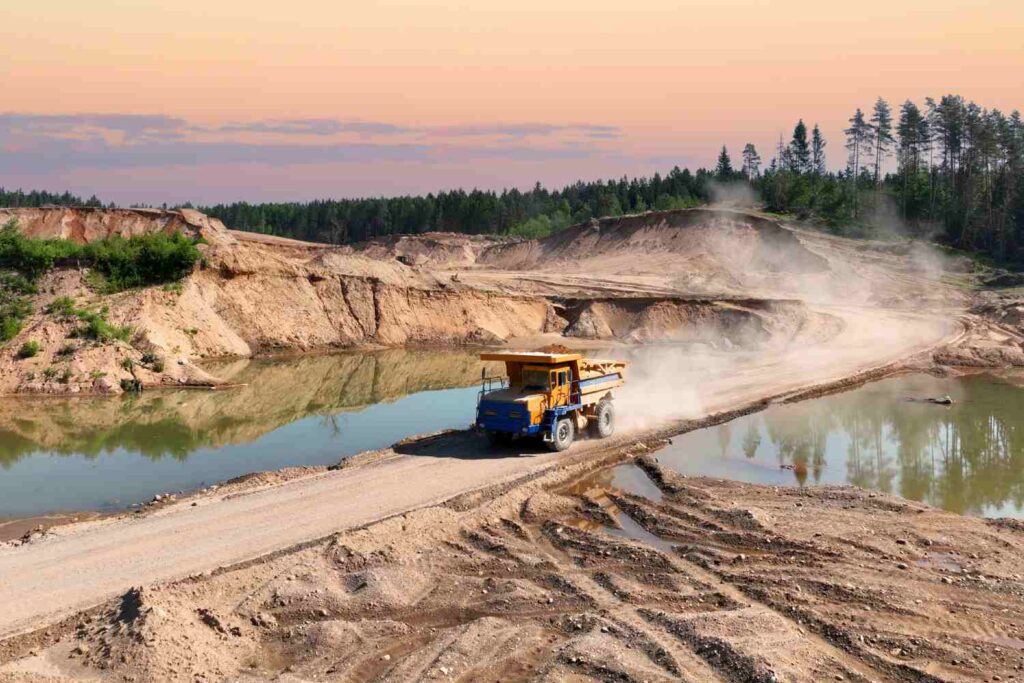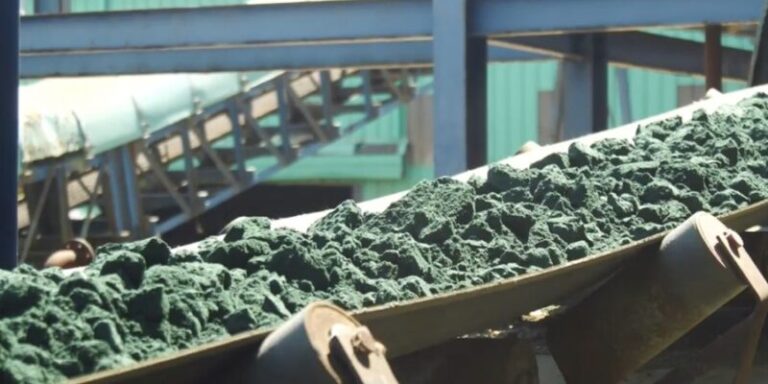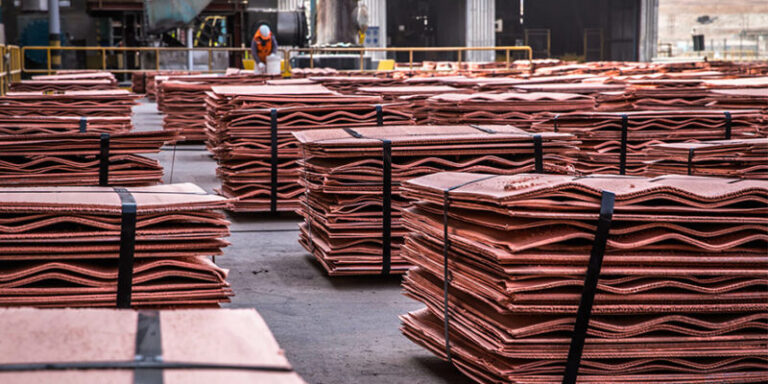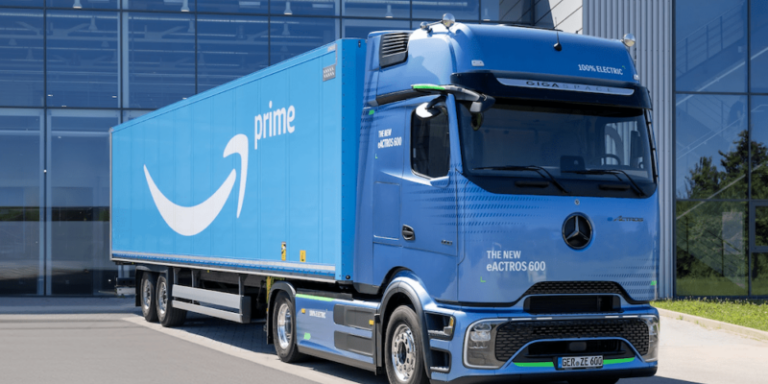
Used for the production of lithium-ore batteries, copper and cobalt are becoming increasingly sought after as nations move to transition to a renewable energy future.
A 2023 Battery Metals report by Creamer Media anticipates global copper production to increase by an average rate of 3.2% a year between 2022 and 2031, with output rising from 2.1 million tons to 28.2 million tons per year (t/y) during the same period.
In this scenario, the report states that Africa – rich in copper and cobalt among other critical minerals – stands to play a dominant role in global supply chains, with several projects poised to contribute significantly to output.
DRC: Kamoa-Kakula Copper Project: 800,000
Located in the Democratic Republic of Congo (DRC), the Kamoa-Kakula copper project is owned by a joint venture comprising Ivanhoe Mines (39.6%), Zijin Mining Group (39.6%), Crystal River Global (0.8%) and the DRC Government (20%).
With measured resources of 90 million tons at 3.13% copper and probable mineral reserves of 235 million tons, the project is considered to be among the world’s biggest undeveloped high-grade copper discoveries.
The mine started producing concentrates in May 2021, with commercial production starting in July 2021. It is being advanced through a phased approach, with peak production estimated at 800,000 t/y.
This would make the project the second-biggest copper complex globally.
DRC: Tenke Fungurume Mine: 415,400
The Tenke Fungurume mine is a copper-cobalt project owned by Chinese private holding company CMOC (80%) and DRC state-owned mining company Gécamines (20%).
CMOC acquired controlling interests of the mine in 2017 in a $3 billion transaction, and in August 2021, announced plans to double production with a $2.51 billion investment, therefore increasing output from 183,000 tons of copper to 383,000 t/y and from 15,400 tons of cobalt to 32,400 t/y– bringing total mineral production to 415,400 t/y.
South Africa: Okiep Project: 386,000
Located in South Africa’s Northern Cape province, the Okiep project comprises the core of a historical copper district that produced between 30,000 and 40,000 t/y over several decades, ending in 2003.
In 2021, mining company Orion Minerals completed a Scoping Study which confirmed the economic merits of developing a foundation-phase mining operation.
Orion is currently undertaking a feasibility and exploration program to further expand resource inventory. Mineral resources are currently estimated at 11.5 million tons grading 1.4% copper for 159,000 tons of contained copper.
The life-of-mine for the proof-of-concept foundation phase is modelled for 12 years, producing 386,000 t/y of copper concentrate.
DRC: Kamoto Copper Company: 330,000
The Kamoto Copper Company (KCC) is owned by a joint venture comprising Glencore (75%), Gécamines (20%) and Simco (5%), and represents the world’s biggest producer of cobalt.
KCC owns two open-pit mines (KOV and Mashamba East) as well as one underground mine (Kamoto concentrator) and the Luili refinery.
KCC is targeting an annual nameplate capacity of 300,000 t/y of copper and 30,000 t/y of cobalt, bringing total mineral production to 330,000 t/y.
Zambia: Sentinel Mine: 280,000
The Sentinel open-pit copper mine has measured and indicated resources of 828.2 million tons at 0.45% and reserves of 721.7 million tons at 0.46% of copper, and represents the biggest infrastructure investment in the country since the Kariba Dam was built in 1959.
The mine produced 242,451 tons of copper in 2022, and is forecast to produce between 260,000 and 280,000 tons in 2023. The mine is owned by Canadian-based mining and metals company First Quantum Minerals.
Honorary Mentions
Several other mining projects currently underway across the continent include the Kansanshi mine in Zambia, which currently produces more copper than any other mine in Africa.
The latest mine expansion will see production average 250,000 t/y until 2044. Additionally, the country’s Mopani mine, owned by state-owned ZCCM Investment Holdings, has the potential to produce 225,000 t/y of copper.
However, to do so, the mine requires an investment of $300 million to fund a complicated underground expansion.






